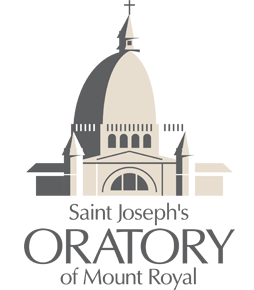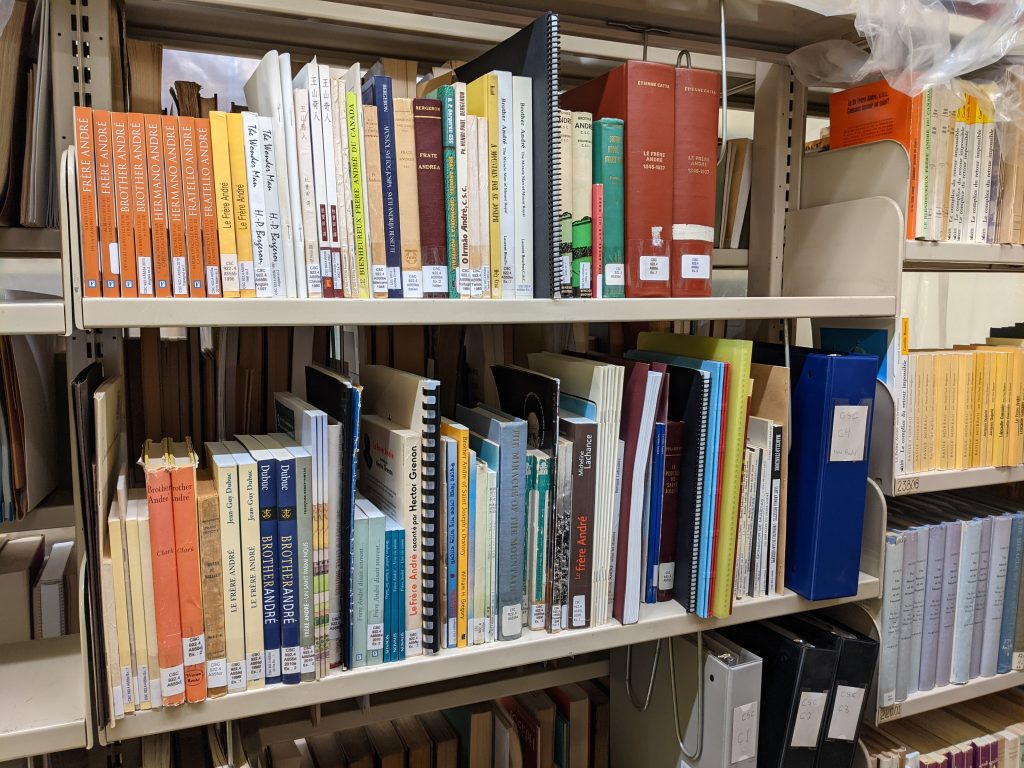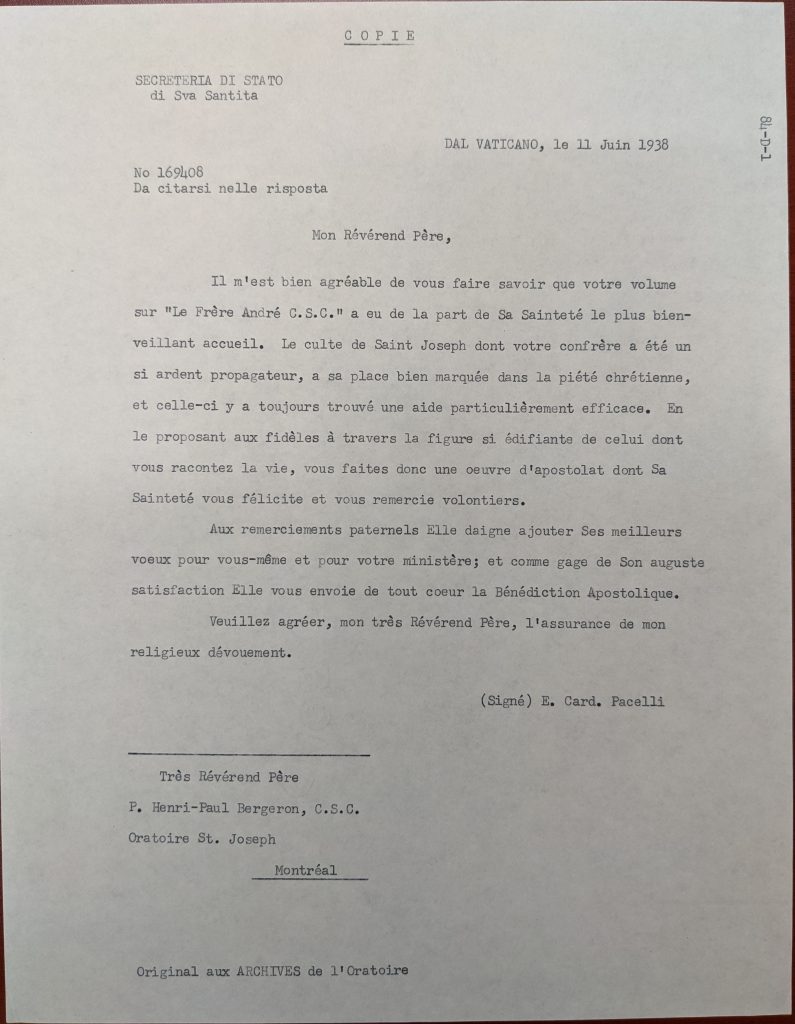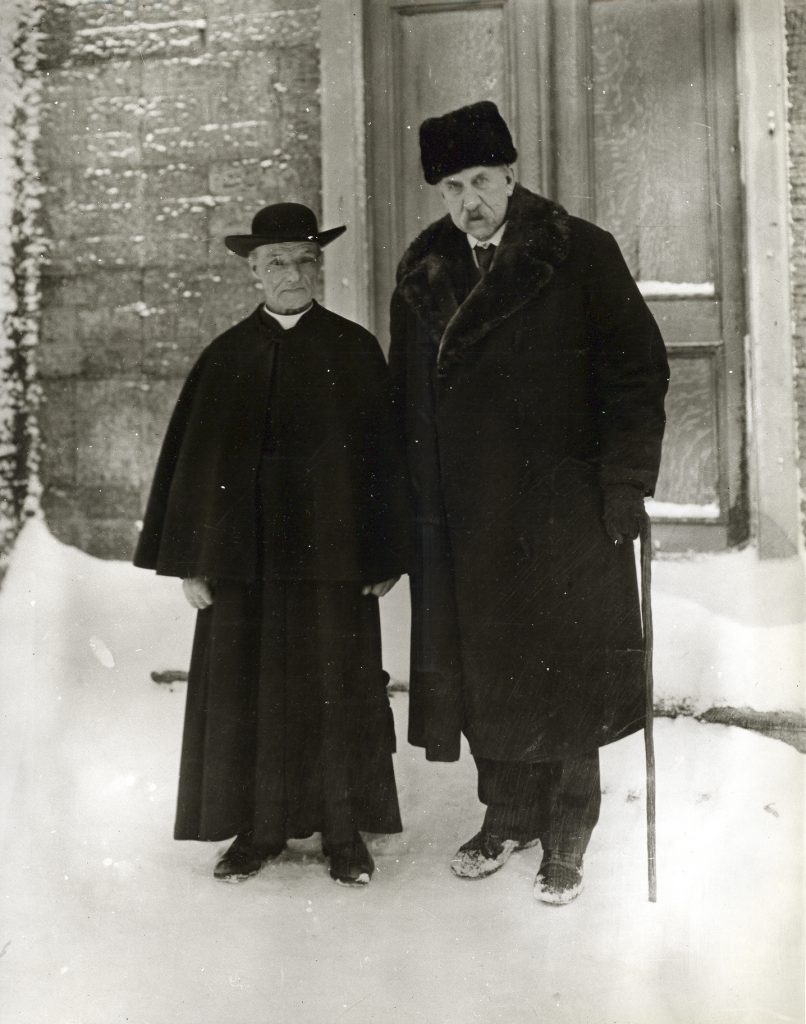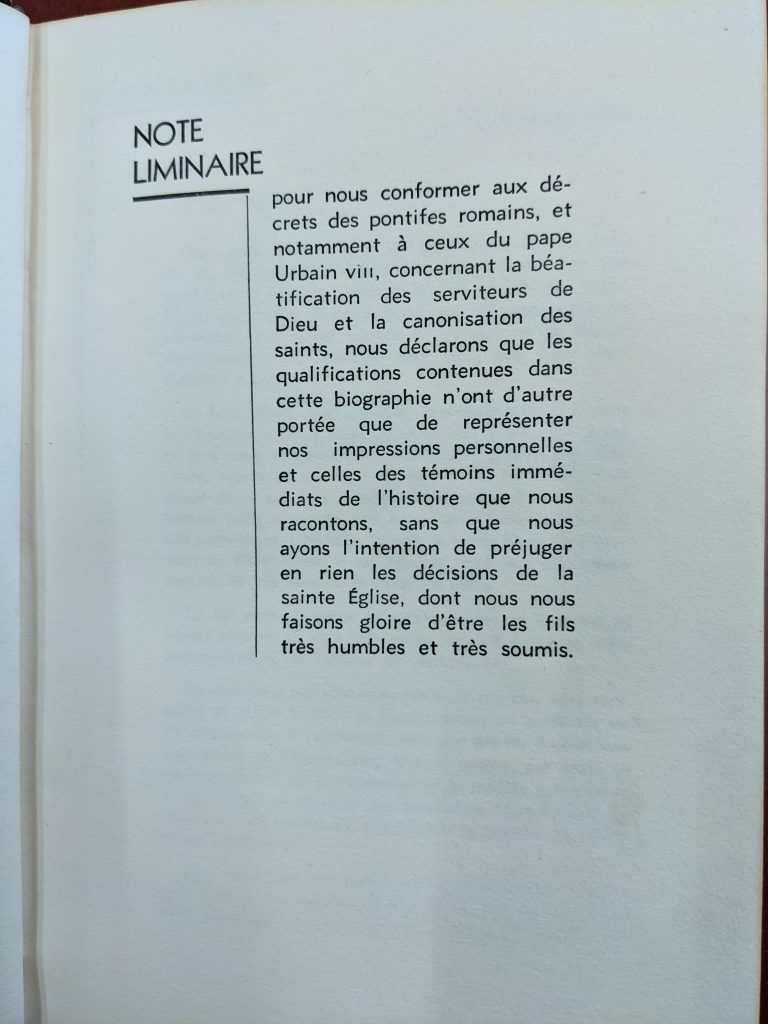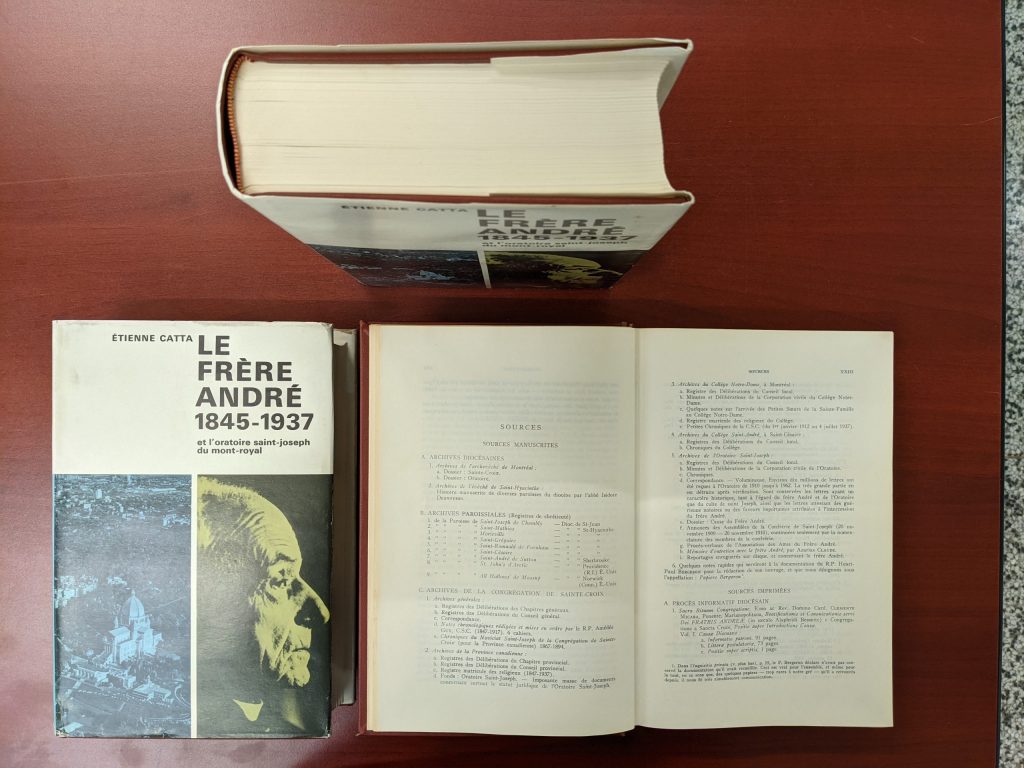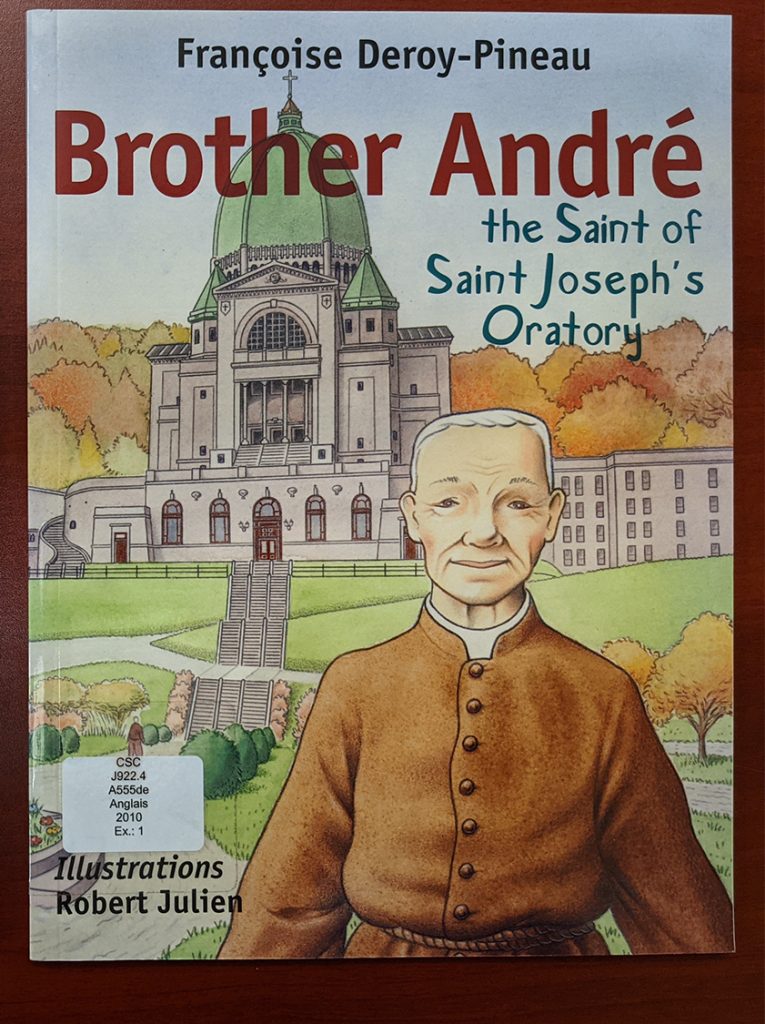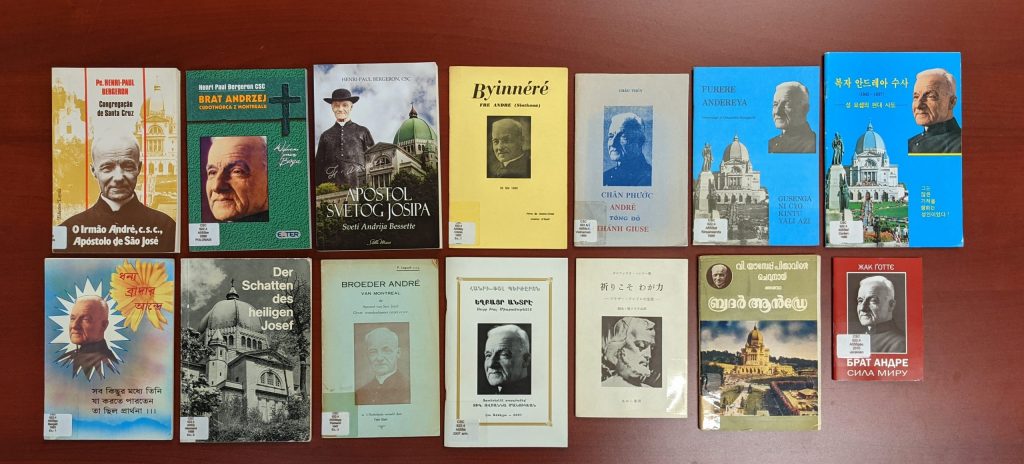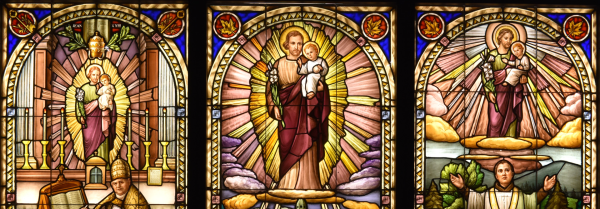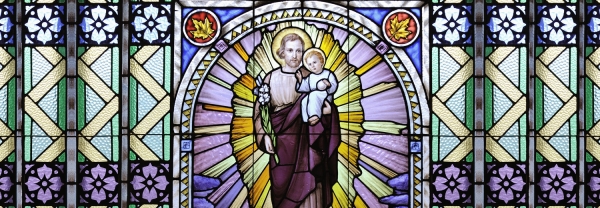THE FIRST BIOGRAPHY
Like many individuals who become public figures during their lifetime, Brother André had biographies written about him many years before he passed away. It was in 1922 that Colonel George Henry Ham published a book entitled The Miracle Man of Montreal.
In it, he recounts Brother André’s life and the beginnings of the Oratory, as well as details about miracles. Thus, the first biography of a French-speaking Catholic brother was written by an English-speaking Protestant.
THE DIFFERENT AUTHORS
Three years later, it was the turn of an American, William H. Gregory, to publish a biography with a similar structure. It was not until a few months after the death of Brother André that a third biography was published, Brother André As He Was, by T. Francis Cashen, CSC.
However, it was the fourth biography, published in 1938, that became the best known and printed: Le frère André (Brother André, The Wonder Man of Mount Royal), by Father Henri-Paul Bergeron, CSC. This biography was reprinted, republished and updated regularly until 1996, in addition to having been translated into many languages. In French alone, there are more than 300,000 copies and 11 editions!
